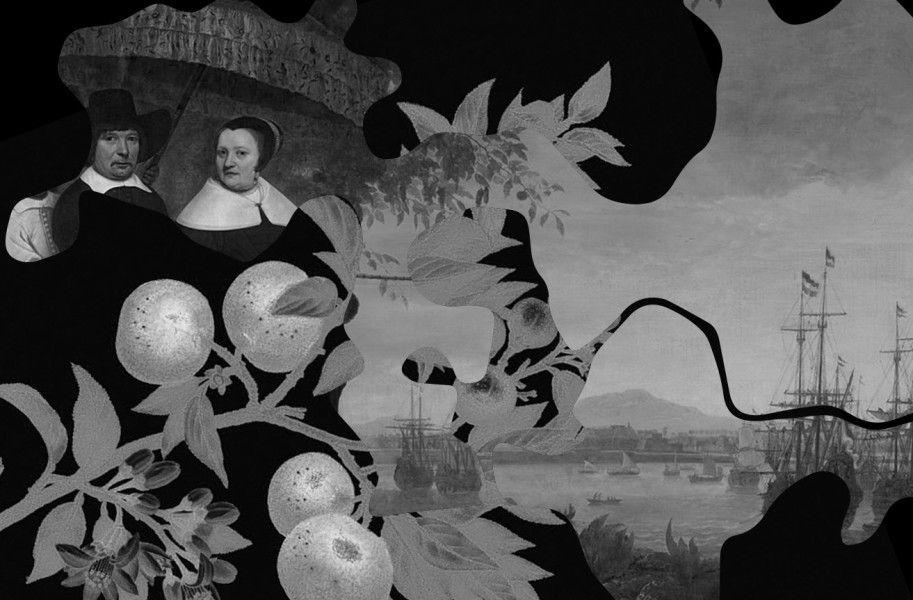1/
The narratologists, and screenwriters, say that there are only three stories: man against man, man against society, man against nature. But the geologists say there is just one: We have now entered an epoch when human activity is the main force shaping planet Earth. They can see it in the sediment. Even the rocks are not safe.
This means that nature, if by nature you mean somewhere out of human reach, no longer exists. To say that there is no nature outside of culture used to sound like a poststructuralist parlor game. Now it is common sense.
If human society has become a natural force, then nature is social. More and more struggles among men, otherwise known as politics, will concern it directly. Many struggles already do. Droughts and storms send refugees fleeing across borders. Countries race to stake out their slice of a melting Arctic.
"Welcome to the Anthropocene!" the cover of The Economist announced several years ago, as if Earth were an airport.
The internet may be the only place high enough to get a bird’s-eye view of the unfolding catastrophe. In one tab, the Amazon is burning. In another, Greenland is melting and burning. In the fall, the hurricanes hit. In the fall, when the fires start, the homeless come coughing into the emergency rooms. They will never be able to pay the bill. They are in good company: the richest men on the planet cannot pay for what they have taken.
Is it in "our" human nature to act this way?
We like to think not.
Meanwhile, a brave girl in a borrowed boat sets out across the Atlantic.
2/
We have been told two things about the relationship between technology and nature. The first is that technology has enabled humans to master nature. The second is that technology has caused humans to destroy nature.
At the intersection of these two stories lies the idea of the Anthropocene. The Anthropocene contains a paradox: the term recognizes the immense power humans wield over the rest of creation, such that nothing on the planet is immune. Yet this same power poses a serious threat to humans. We’ve shaped the earth so intensively to suit our needs that it can no longer support them. (Some of us. Some needs.)
In this issue, we try to tell a different story about the entanglements of nature and technology. No surprise that the end of the world looms large. Big Tech teams up with Big Oil to build systems for smarter drilling. The residents of a small town continue to fall ill long after the microchip plant shuts down.
But there are also reasons for optimism. There are movements demanding a more “correct relation with the non-human world,” to borrow one contributor’s phrase. This issue offers some materials for imagining what such a relation might look like.
3/
Technological mastery is a myth. Prometheus is not coming. In truth, everything is dirty, even the digital—especially the digital. Computers were supposed to be made of sunshine: “all light and clean because they are nothing but signals,” as another contributor to this issue famously wrote on her first computer, an HP-86, decades ago. As she already knew then, they are less pristine than promised. Their metaphors are ethereal but their footprints are filthy. They too are implicated in armageddon.
The renewable transition itself may involve new kinds of destruction.
But recognizing that nature is human-entangled and vice versa opens up more options than conservation. Recognizing that there was never any Eden to return to lets you look ahead. Indeed, the most hopeful futures may come from the darkest histories, where the lessons of resistance have been well learned. The world has ended before; there have been many armageddons. But this also means: We have to learn how to mourn. To mourn without despair; to mourn towards a future.
